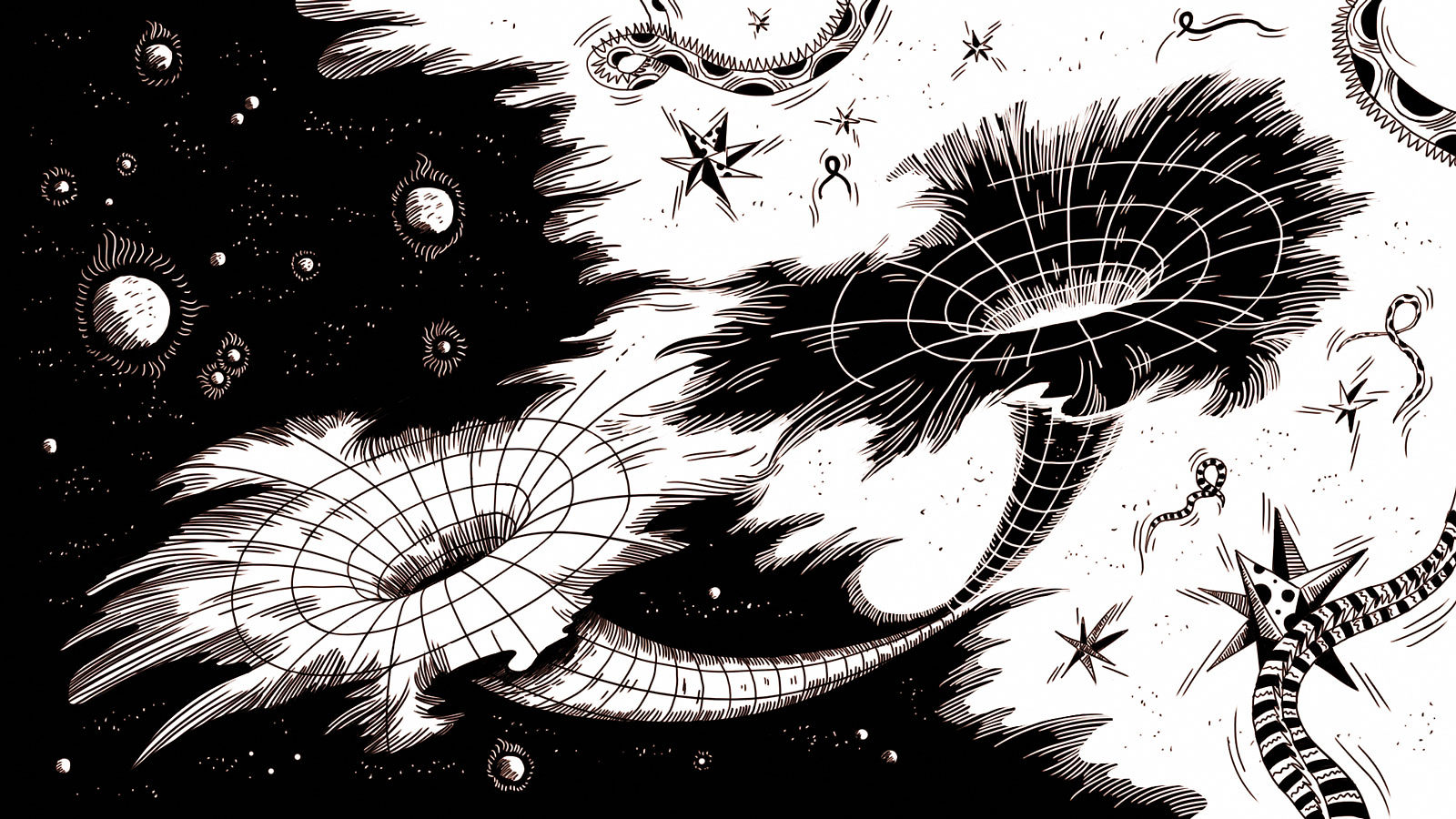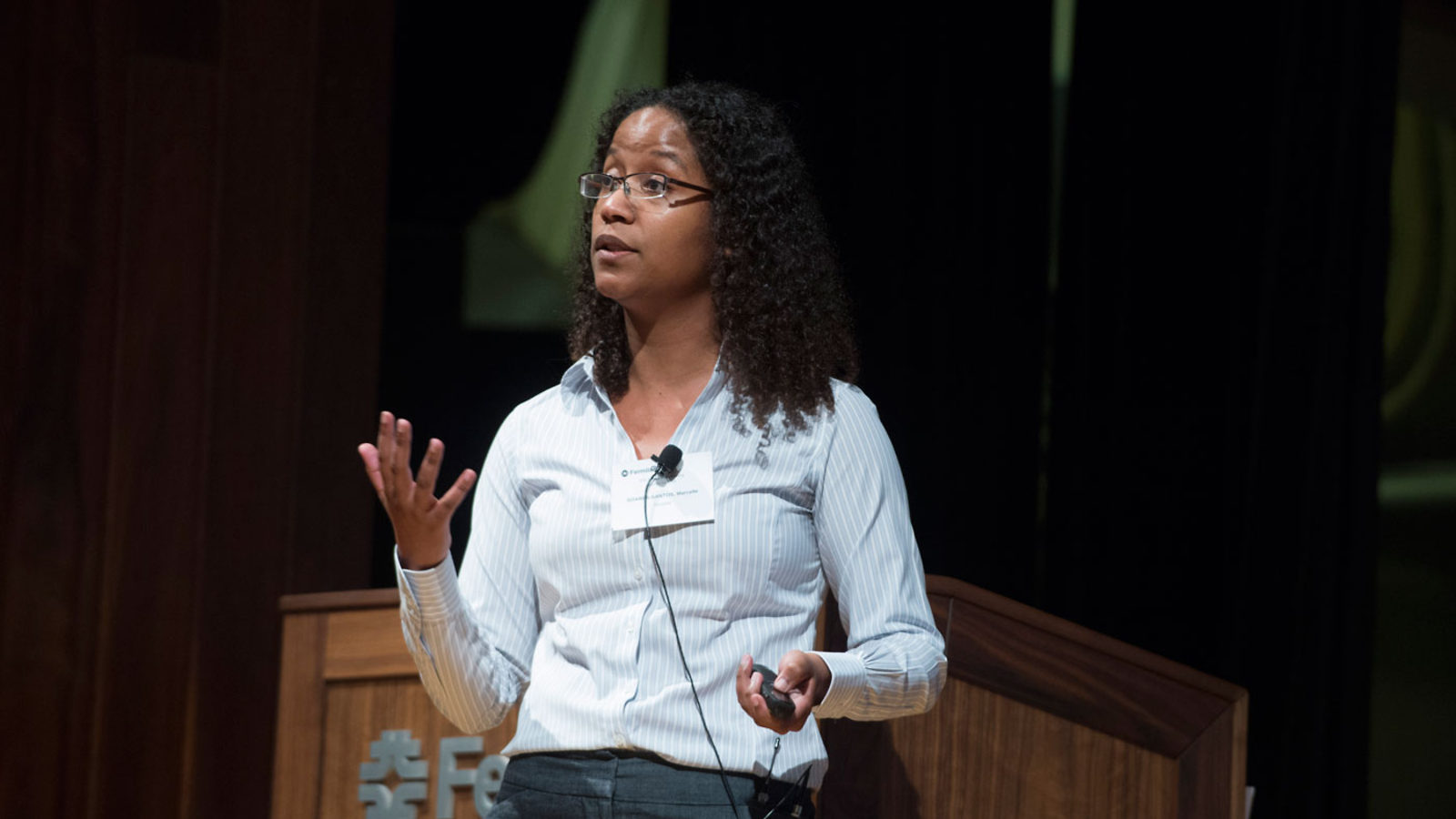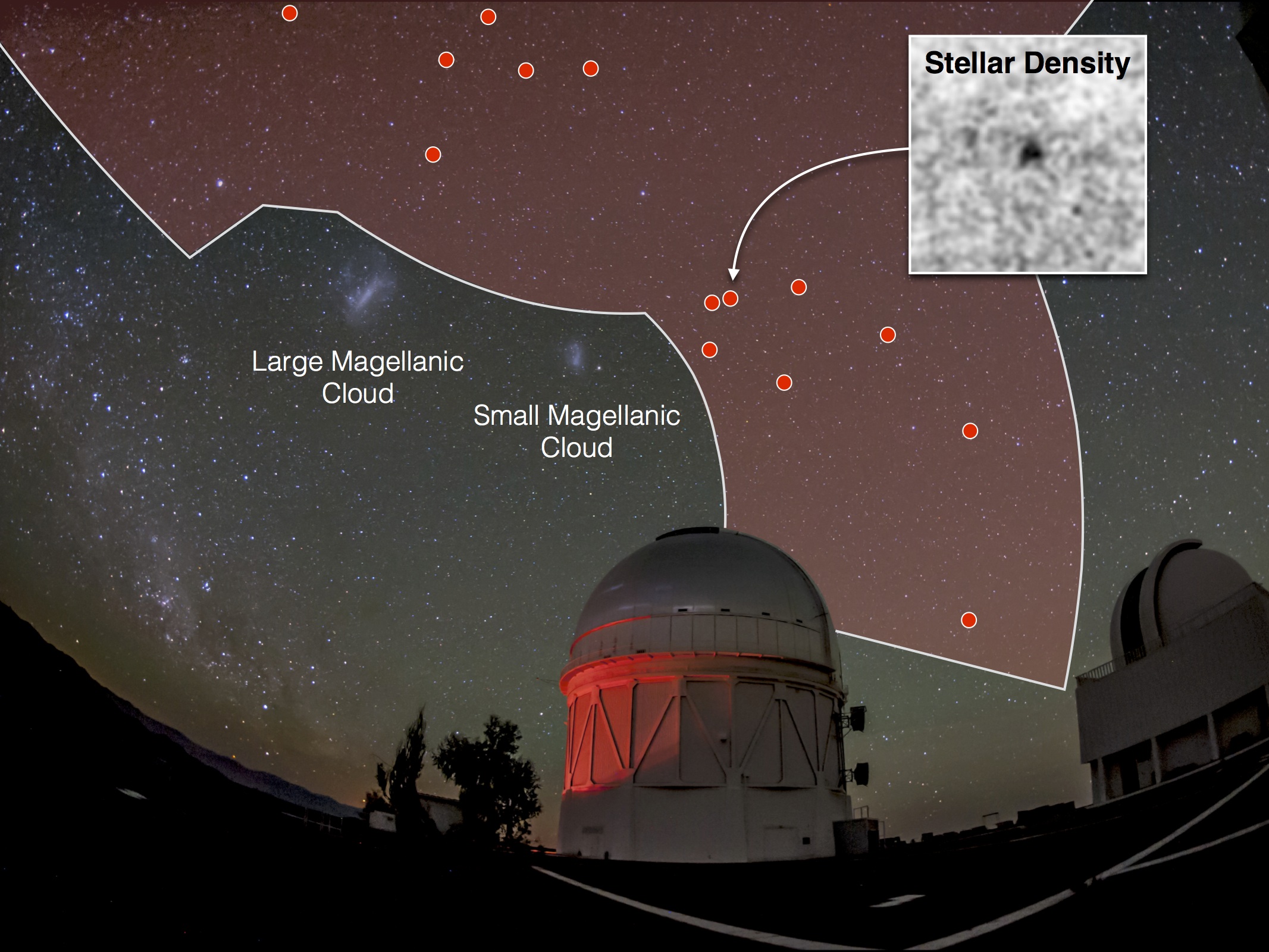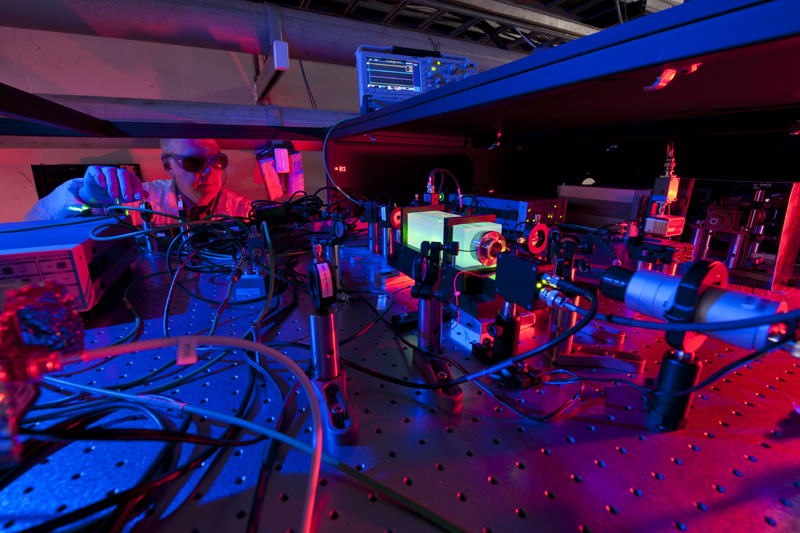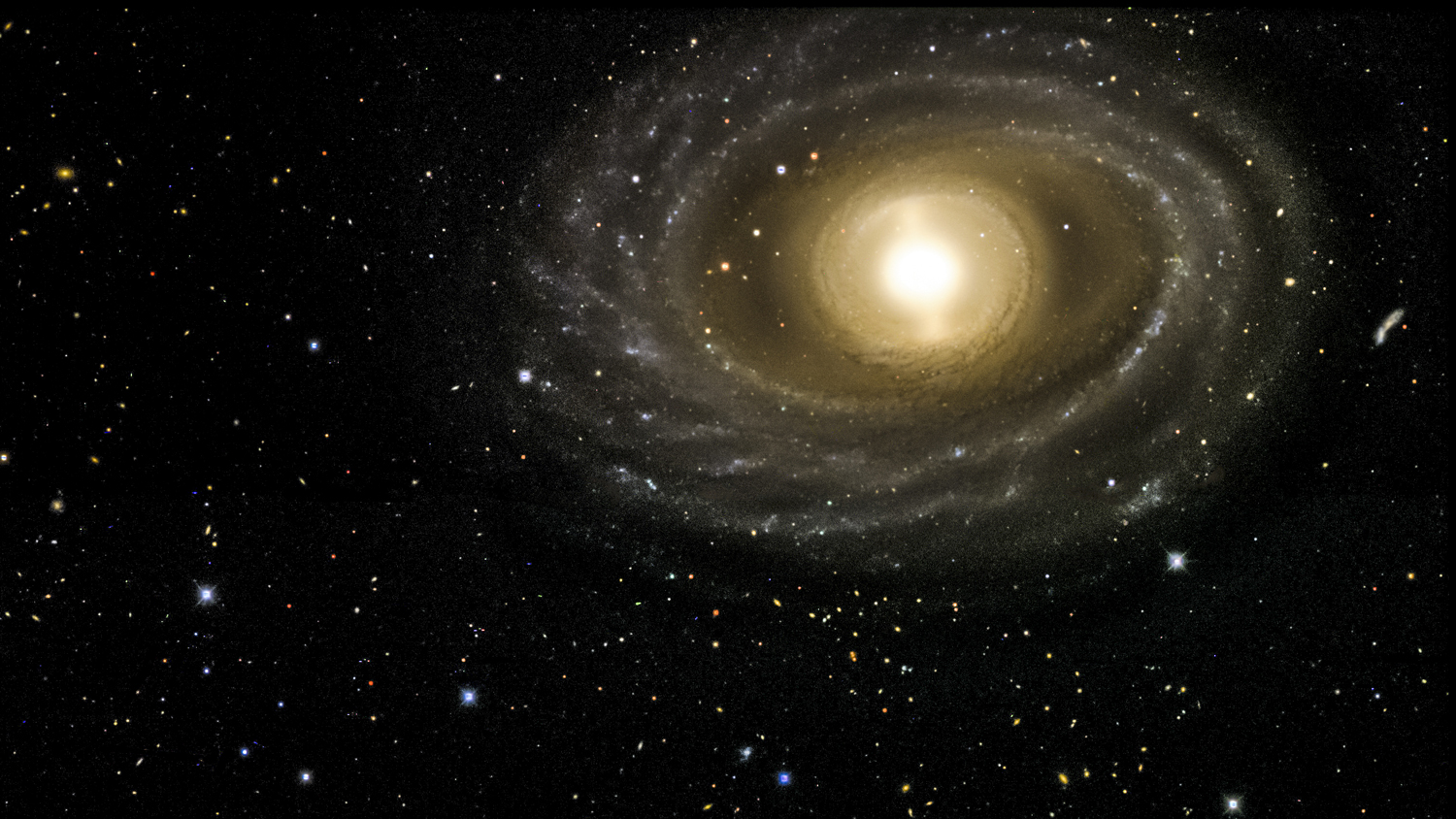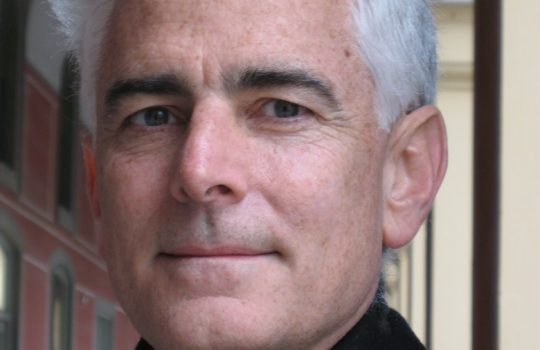171 - 180 of 185 results
The booming science of dwarf galaxies
A recent uptick in the discovery of the smallest, oldest galaxies benefits studies of dark matter, galaxy formation and the evolution of the universe.
15-year-old Galactic Pioneer inspired by Fermilab scientists
Pranav Sivakumar, a student at the Illinois Math and Science Academy, was recently recognized by President Barack Obama at White House Astronomy Night. Fermilab Ask-a-Scientist and Saturday Morning Physics talks were significant influences in his decision to pursue science.
Q&A with Marcelle Soares-Santos
Scientist Marcelle Soares-Santos talks about Brazil, neutron stars and a love of discovery.
Dark Energy Survey finds more celestial neighbors
Scientists on the Dark Energy Survey, using one of the world’s most powerful digital cameras, have discovered eight more faint celestial objects hovering near our Milky Way galaxy. Signs indicate that they, like the objects found by the same team earlier this year, are likely dwarf satellite galaxies, the smallest and closest known form of galaxies.
Do we live in a 2-D hologram?
A unique experiment at the U.S. Department of Energy’s Fermi National Accelerator Laboratory called the Holometer has started collecting data that will answer some mind-bending questions about our universe — including whether we live in a hologram.
Dark Energy Survey kicks off second season cataloging the wonders of deep space
With its second year under way, the Dark Energy Survey team posts highlights and prepares to release images from its first year
Dark Energy Survey begins five-year mission to map southern sky in tremendous detail
On Aug. 31, the Dark Energy Survey (DES) officially began. Scientists on the survey team will systematically map one-eighth of the sky (5000 square degrees) in unprecedented detail. The start of the survey is the culmination of 10 years of planning, building and testing by scientists from 25 institutions in six countries.
Scientists inaugurate world’s largest cosmic-ray observatory
Scientists of the Pierre Auger Observatory, a project to study the highest-energy cosmic rays, will celebrate the inauguration of their 3000-square-kilometer detector array at the southern site of the observatory in Malargüe, Argentina, this Friday, November 14, 2008.
Cosmologist accepts joint appointment at Fermilab, U. of Chicago
Craig Hogan, a member of one of the scientific teams that co-discovered dark energy, will soon assume dual roles as Director of the Center for Particle Astrophysics at the Department of Energy’s Fermi National Accelerator Laboratory and as a Professor of Astronomy & Astrophysics at the University of Chicago.

